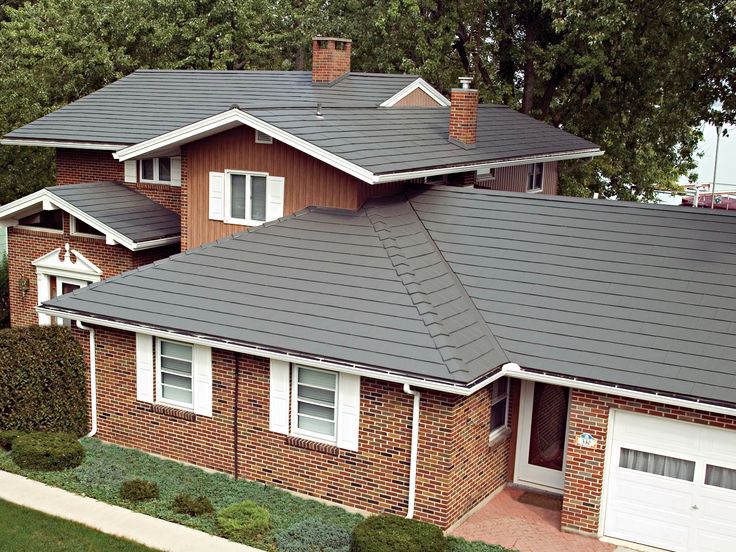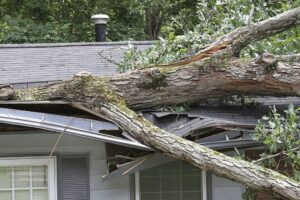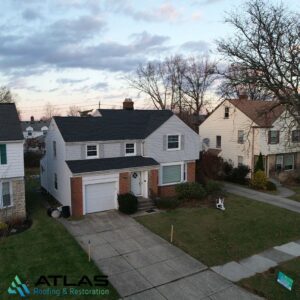Summer is a time for sunshine, vacations, and outdoor fun — but it can also be a season of silent destruction for your home’s roof. While many homeowners are vigilant about winter damage, fewer recognize how prolonged summer heat can severely affect roofing materials, potentially leading to costly repairs or even full replacements.
Let’s explore how intense summer temperatures impact your roof and what you can do to protect your home, with special attention to residential roofing solutions.
1. The Science of Roof Heat Exposure
During the summer months, your roof absorbs sunlight all day long. In many areas, surface temperatures can reach 150°F (65°C) or higher. This intense heat puts continuous stress on the roofing materials, especially asphalt shingles, which are common in residential properties.
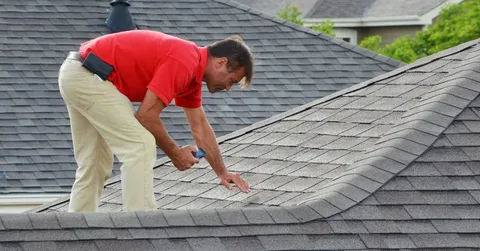
Roofs not only absorb external heat but also transfer it into your attic space, raising indoor temperatures and forcing your air conditioning system to work harder. The combination of heat, UV radiation, and thermal cycling (repeated expansion and contraction due to temperature shifts between day and night) can lead to accelerated wear and tear.
2. Common Summer Roofing Issues
A. Shingle Damage
Asphalt shingles can begin to crack, curl, or become brittle under prolonged exposure to UV rays. In some cases, granules — the protective outer layer of shingles — begin to loosen and fall off, leaving the roofing underlayment exposed to moisture and sun.
B. Roof Expansion and Contraction
When your roof materials expand during the day and contract at night, they experience what’s known as thermal shock. Over time, this repeated movement weakens the structural integrity of shingles, flashing, and sealants, increasing the risk of leaks.
C. Ventilation Problems
Summer heat can expose inadequate attic ventilation. Without proper airflow, hot air gets trapped in your attic, raising your home’s internal temperature, degrading insulation, and increasing energy costs. Poor ventilation can also promote mold growth and warp wooden structures.
D. UV Degradation
Constant exposure to UV rays doesn’t just affect shingles — it can deteriorate underlayment, sealants, and even the wood decking beneath the roofing layers. UV degradation often goes unnoticed until a major leak or failure occurs.
E. Fading and Discoloration
If aesthetics are important to you, be aware that harsh sunlight can cause roof materials to fade unevenly. Dark-colored shingles often show signs of discoloration more quickly, giving your home an older, neglected appearance even if the roof is relatively new.
3. Signs of Summer Roof Damage
Homeowners should perform visual checks during and after summer. Look for:
- Curling or buckling shingles
- Granule buildup in gutters
- Dark streaks or patches
- Interior ceiling stains (indicating a possible leak)
- Higher-than-usual energy bills
- Musty smells in the attic
If you spot any of these issues, it’s time to bring in a residential roofing professional for a full inspection.
4. Preventative Measures to Protect Your Roof
A. Schedule Regular Inspections
Having your roof professionally inspected at least once a year — preferably before or after summer — can help you identify issues before they become severe. An expert can detect soft spots, damaged flashing, or subtle signs of UV wear.
B. Improve Attic Ventilation
Ensure your attic has adequate intake and exhaust vents. Good airflow keeps temperatures down and reduces the risk of moisture buildup, extending the lifespan of your roofing system.
C. Clean Your Gutters
Clogged gutters can lead to water pooling on your roof, especially after summer storms. Clean gutters allow rainwater to flow freely, preventing leaks and water damage.
D. Trim Overhanging Branches
Tree limbs can provide some shade, but they also pose a risk. In strong summer winds, branches can break and damage the roof. Leaves can also clog gutters and encourage mold growth.
E. Apply Reflective Coating
For flat or low-slope roofs, a reflective coating can significantly reduce heat absorption. This not only protects the roofing material but can lower indoor temperatures by up to 10 degrees.
F. Consider Cool Roofing Materials
When replacing or upgrading your roof, ask about cool roofing options. These are designed to reflect more sunlight and absorb less heat than standard roofing materials. They’re ideal for residential homes in hot climates and can even qualify for energy efficiency rebates.
5. When to Repair vs. Replace
Sometimes minor repairs are sufficient — for example, replacing a few cracked shingles or resealing flashing. However, if your roof is older than 15-20 years and showing widespread damage, it may be more cost-effective to consider a full roof replacement.
A professional residential roofing contractor can provide a thorough assessment and help you decide whether to repair or replace based on long-term cost savings and durability.
6. Residential Roofing Experts You Can Trust
Choosing the right contractor is key to extending the life of your roof and protecting your home from future heat-related damage. That’s where Atlas Roofing & Restoration comes in.
Atlas Roofing & Restoration specializes in residential roofing solutions that are built to withstand Northeast Ohio’s extreme temperature swings — from freezing winters to scorching summers. Their team of licensed professionals is committed to providing honest assessments, high-quality materials, and expert installation services.
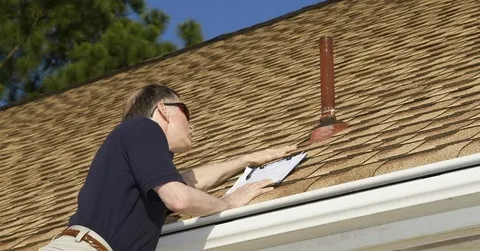
Whether you need a seasonal inspection, emergency repairs, or a full roof replacement, Atlas Roofing & Restoration ensures your home is protected from the top down. Their customer-first approach, attention to detail, and use of advanced roofing technologies make them a top choice for homeowners seeking peace of mind.
7. Final Thoughts
Your roof is your home’s first line of defense against the elements — including the harsh summer sun. Ignoring the impact of heat and UV radiation can lead to premature wear, hidden leaks, and rising energy bills. By staying proactive with inspections, maintenance, and ventilation, you can extend your roof’s lifespan and avoid costly repairs down the road.
If you’re unsure where your roof stands after a hot summer season, don’t wait until a problem reveals itself. Contact the experts at Atlas Roofing & Restoration for a professional evaluation and personalized care plan tailored to your home’s needs.

